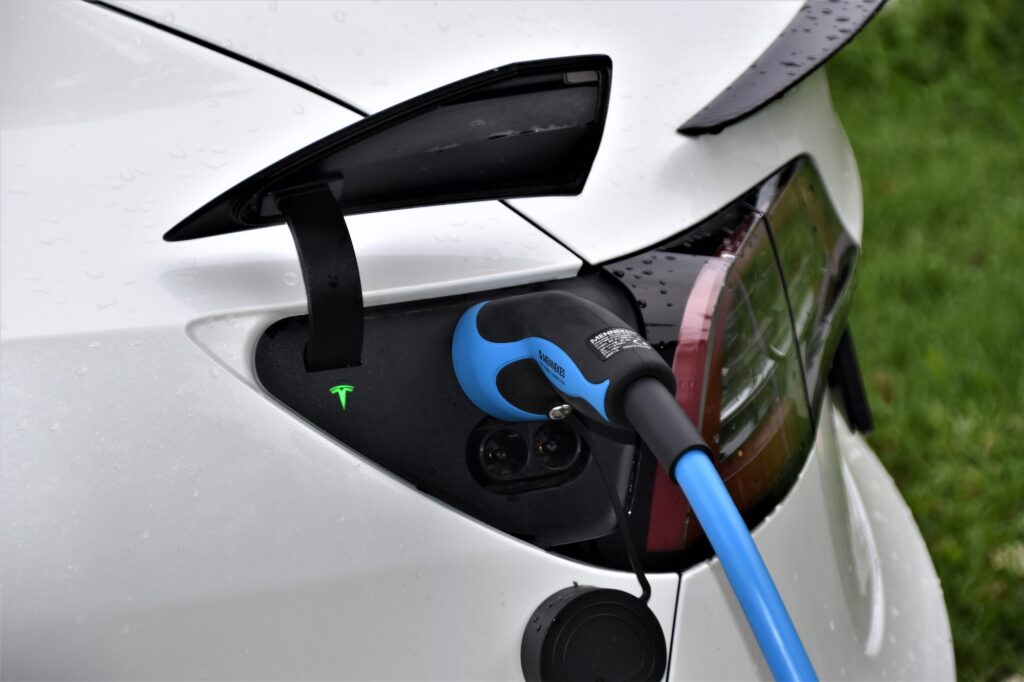Investors are always quick to jump onto the latest investment trends but just as quick to jump off when the party’s over.
EVs are the latest in many investments that have yet to live up to expectations. For years, backed by government incentives, celebrity endorsements, and feel-good environmental activism, Tesla was the darling of investors, making CEO Elon Musk, the richest person in the world in the process.

SHIFTING SANDS
REAL DEMAND DRIVES ROI
Smart investors don’t invest based on hype or perceived demand. Instead of chasing perceived demand, they gravitate towards real demand, and one area of real demand they have been intensely focused on lately is housing.
Remember Economics 101? The law of supply and demand is profound. It's one of the most simplistic and powerful concepts for understanding investing and business.
Choose an investment based on that simple principle, and you’ll be rewarded.
Housing, especially in the multifamily segment, is not based on perceived demand or hope. The demand is strong and growing. The U.S. has become a renter’s nation.
This trend has been developing since the Great Recession, as demand for multifamily housing expanded after the housing collapse. Since then, demand has consistently outstripped supply, with the gap only growing wider.
Home affordability has been a major factor in recent years, contributing to the rising demand for rentals, with mortgage rates playing a large role. Mortgage rates have climbed since the U.S. Federal Reserve began raising interest rates in early 2022.
Current average 30-year rates are hovering around 7.86%, up from 3.22% in early 2022. Higher rates have caused the amount homebuyers can afford to pay for a home to shrink, even as fewer homes are sold.
Besides declining home affordability, renting is appealing in its own right, since renters have more flexibility and fewer responsibilities than come with homeownership.
The direct result of the country becoming a renting nation is the shortfall of available rental units, a trend developing since the Great Recession.
Even the current administration has recognized the demand for multifamily housing and the shortage of available units. To address the problem, the government is incentivizing local municipalities and developers to convert vacant office space into affordable housing.
Who are the direct beneficiaries of this high demand and short supply? Smart investors and syndicators that make investments based on facts.

QUESTIONS
Are you investing in real demand? Or are you banking on investments with media infatuation of trendy sectors, celebrity endorsements, and media attention?
Don't get distracted by news outlets, eccentric founders, trendy investments, or government recommendations!
Before your next investment decision, follow the data and the basic law of supply and demand. Invest in demand, even if it’s boring.
If you'd like to join our investor club, schedule a complimentary call here: https://nighthawkequity.com/join


